SLC S21 Week 1 - A Comprehensive guide to Herbal Medicines
Hello Everyone
This is @max-pro from, #Bangladesh
Assalamu Alaikum steemian friends. Hope you all are well. By the grace of Allah I am also well. Each of the engagement contests organized by the teachers this week is wonderful. So I came today to participate in the learning contest organized by our teacher. The topic of this contest is SLC S21 Week 1 - A Comprehensive guide to Herbal Medicines. So it is very educational contest where everyone will get detailed idea about herbal medicine. So I started.
 Made by Canva
Made by Canva
Herbal medicines are medicines prepared from natural plants, plants, flowers, leaves, roots etc. which are generally used to treat various diseases using natural ingredients.
They have long been used in traditional and alternative medicine. Herbal medicine stimulates the body's natural healing process and helps relieve various symptoms.
Many believe that this type of medicine uses natural ingredients instead of chemical processes and is relatively safe and has fewer side effects.
| Research Assignment: Research and write a history of herbal medicine in your culture or region. |
|---|
The history of herbal medicine in Bangladeshi culture is long and rich. Herbal medicine has been used in Bangladesh since ancient times. When modern medicine or hospitals were not in vogue. Herbal medicines are those medicines which are mainly made from plants, leaves, roots, flowers, fruits and other natural ingredients.
| Practice of herbal medicine in ancient times | 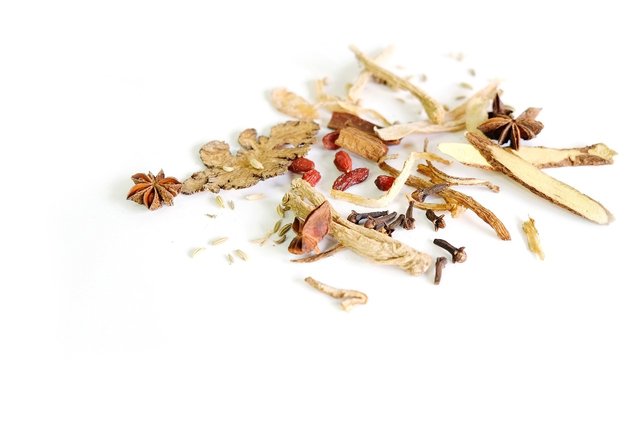 Source Source |
|---|
The history of herbal medicine in Bangladesh started from ancient times. This herbal treatment originates from the ancient traditions of Ayurveda, Unani and Lokayat medicine. A strong belief in herbal medicine developed among rural people.
The prevalence of herbal medicine is high in rural areas of Bangladesh. Almost every village had a 'Kaviraj' who treated patients with herbal plants and natural ingredients. Generally herbal methods were used to treat stomach ache, fever, cold, cough, pain, wounds etc. For example, tulsi leaves were used for colds, neem leaves as disinfectants and honey for wound healing.
Even today, many people in Bangladesh, especially in rural areas, have faith in herbal medicine. Although modern medicine has improved, many people choose herbal medicine as the primary treatment. Therefore, the importance of herbal medicine is quite deep in the culture of Bangladesh. It is considered not only a medical practice but also an important part of folk culture.
| Comparison Task: Create a table comparing the benefits and side effects of modern medicines vs. herbal medicines for common ailments (e.g., cold, headache). |
|---|
Below is a table comparing the benefits and side effects of modern medicine and herbal medicine for some common ailments.
| Illness | Benefits of modern medicine | Side Effects of Modern Medicines | Benefits of Herbal Medicines | Side Effects of Herbal Medicines |
|---|---|---|---|---|
| Cold and Cough | Acts quickly and relieves cough and cold | Drowsiness, Dry mouth | Tulsi leaves, ginger and honey help clear the throat | May be less effective if the amount of phlegm is high. |
| Headache | Paracetamol or ibuprofen quickly relieves pain | Stomach, liver and kidney problems may occur | Mint leaves, ginger and tulsi relieve headaches and calm the mind | slow onset of action, overdose may cause nausea |
| Fever | Helps in quick temperature control | Stomach problem, stress on liver and kidney | Tulsi and neem leaves naturally reduce temperature and boost immunity | Slow acting, less effective in acute fever |
| Abdominal pain | Provides quick relief and reduces internal inflammation | gas, indigestion, liver problems | Cumin, ginger and mint naturally increase digestion and ease | slow, excess consumption can cause gastric problems |
| Sinus problems | Antihistamines provide quick relief | Drowsiness, shivering, dry mouth | Tulsi, cloves and steam of hot water reduce airway obstruction | Slow results in chronic sinus problems. |
This comparison suggests that modern medicine usually provides quick relief but may have side effects whereas herbal medicine works slower but has fewer side effects.
| Herb Identification: Choose 3 herbs from your kitchen like mint, ginger, or turmeric and list their health benefits. Mention the recipes where you have used these herbs. |
|---|
- No - 1 herbs (Aloe vera) :-
| Aloe vera | 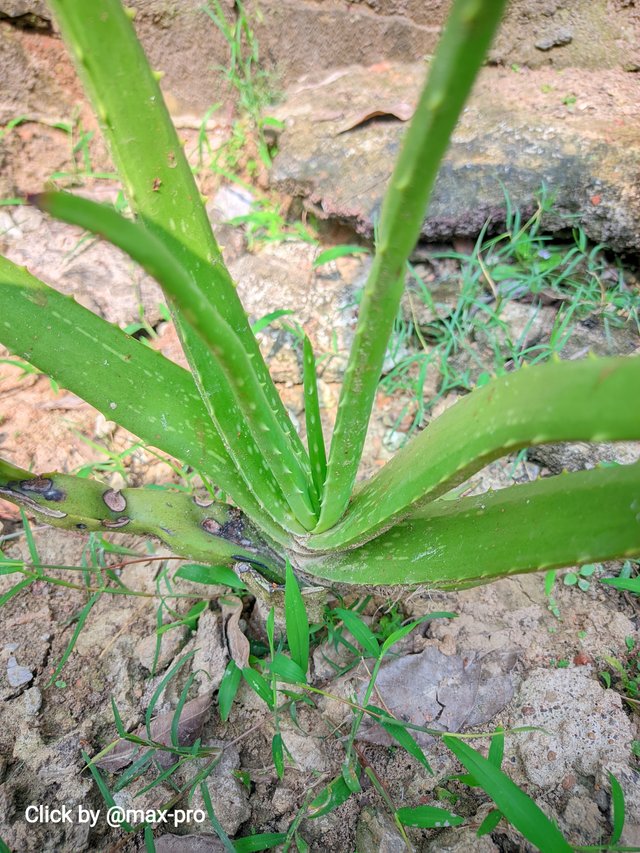 | 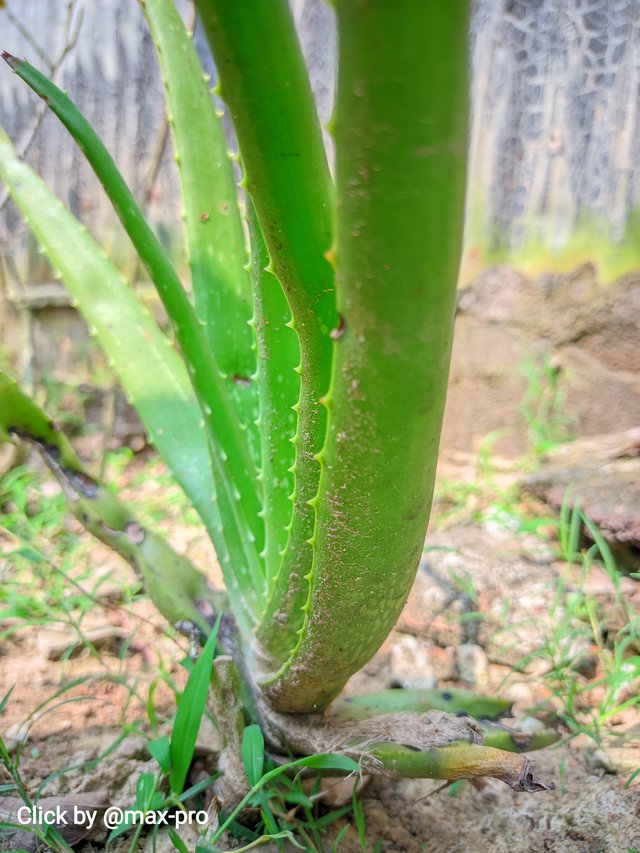 |
|---|
| Health Benefits | where used |
|---|---|
| Helps to maintain skin moisture | Facial skin |
| Soothing for inflammation and burns | hand and foot care |
| Helps strengthen hair structure and eliminate dandruff | hair care |
| Improves digestion | body skin |
| Helps control blood sugar levels | In various juices or health drinks. |
- No - 2 herbs (Neem Leaves) :-
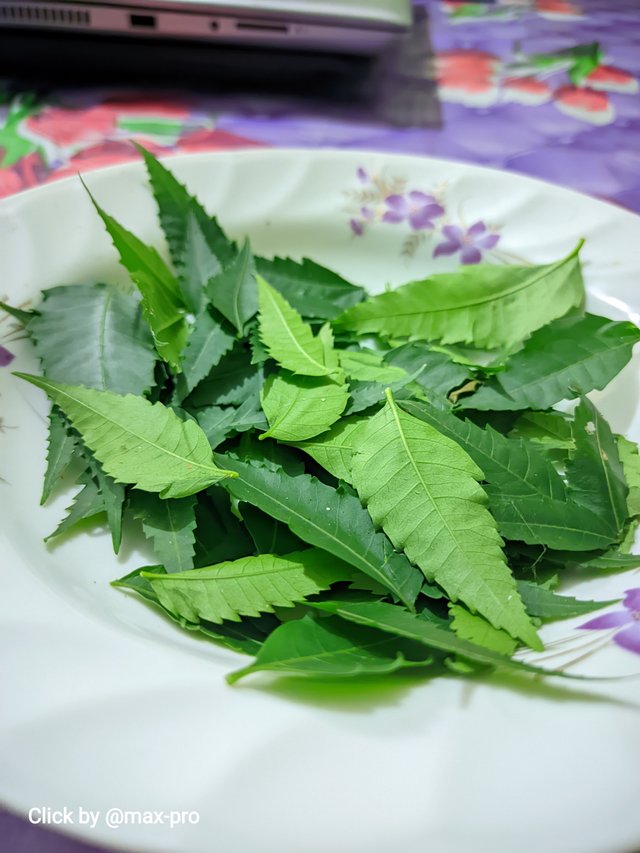 | 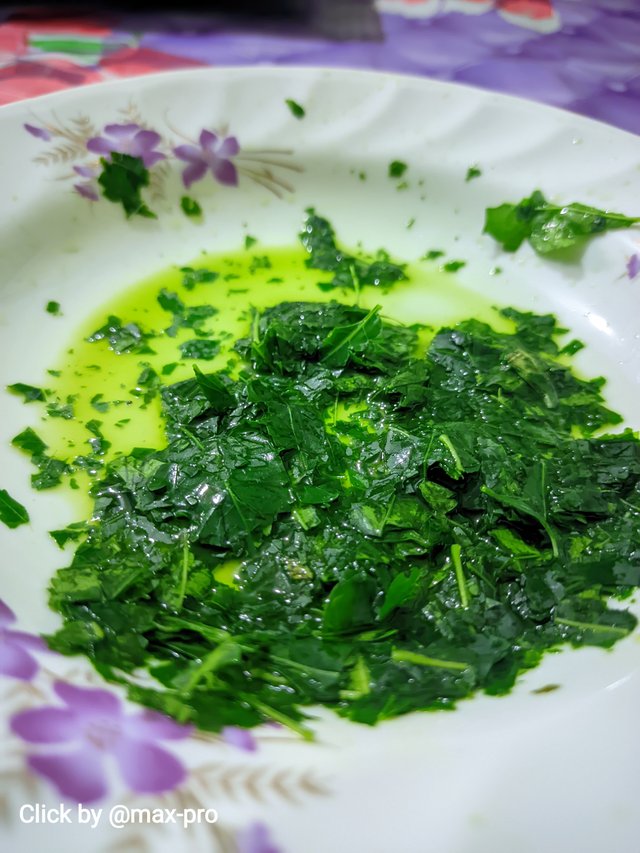 | 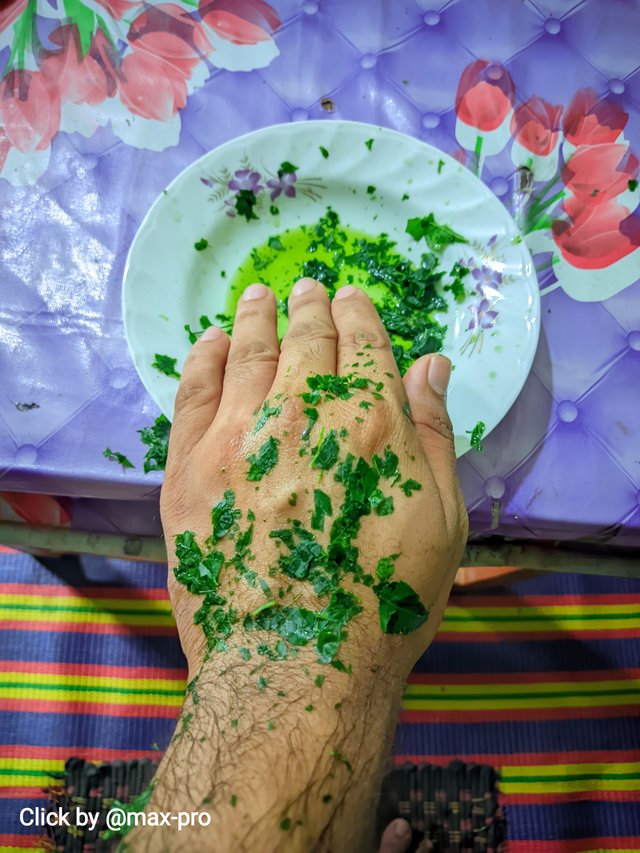 |
|---|
| Health Benefits | where we use |
|---|---|
| Prevents bacterial and fungal infections | Neem paste or oil is used to reduce skin problems like acne and rashes. |
| Purifies the blood | Neem toothpaste or toothpaste is used for gum care |
| Effective in curing skin diseases. | To destroy skin bacteria |
| Improves dental health and removes pollution from the mouth | Neem leaves are consumed to purify blood and improve liver function. |
 Neem leaves on my face
Neem leaves on my face
- No - 3 herbs (Ginger) :-
| Health Benefits | where to use |
|---|---|
| Improves digestion | Used to enhance flavor in teas and foods |
| Reduces the problem of vomiting and migraine | For the relief of vomiting and migraine |
| Effective in relieving cold, cough and flu | Ginger tea is consumed to get relief from cold, flu and cough. |
| Reduces inflammation and pain | Ginger is used to improve digestion and reduce gastric problems |
| Ginger | 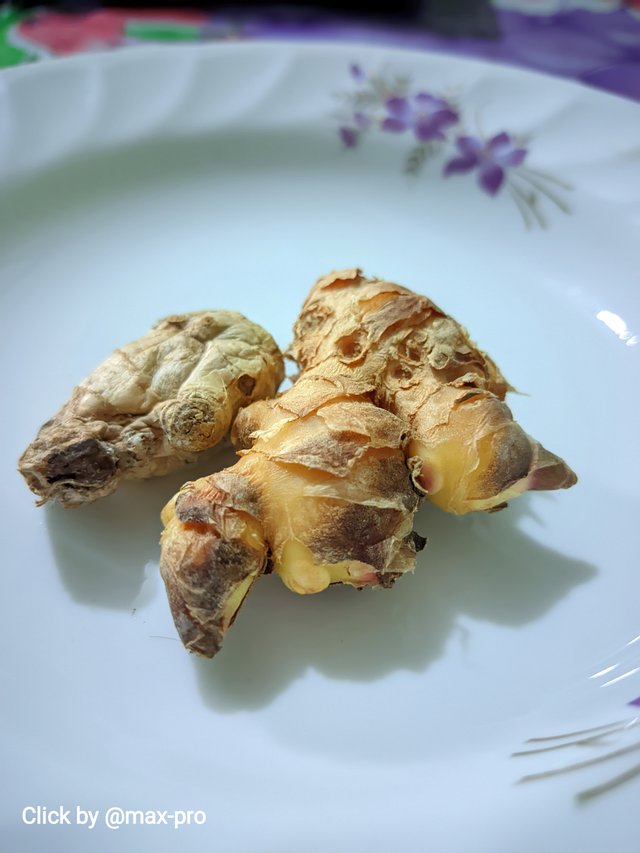 |
|---|
| Forms of Herbs: Write about the different forms of the herbs. |
|---|
Herbs or natural medicinal plants and their various forms are used in various treatments, cure diseases and maintain good health. Each herb has its own properties and effects that can be applied in their various forms. Below are some common forms of herbs.
Powder :- Roots, leaves, bark, flowers etc. of herbs are dried and powdered. It can be easily stored and is usually consumed mixed with tea or water. For example, turmeric, tulsi and gooseberry are used in powdered form.
- Oil :- The oil is extracted from the herb and applied directly to the skin or massaged. It is especially used for skin problems, headaches, and hair. For example, coconut, olive and aloe vera oils are common.
Tincture :- Tincture is made by soaking certain parts of herbs in alcohol or some other solution. It is used in less quantity and it helps in quick absorption. For example, Tulsi or neem tincture.
- Extracts :- Extracts are made by extracting the active parts of the plant which are more effective. The use of this extract provides more benefits. For example, gingko biloba or ashwagandha extract.
Capsules or Tablets :- Herbal powders or extracts are stored in capsules or tablets which are easy to take. For example, turmeric, tulsi and moringa are popular in tablet or capsule form.
- Tea :- Tea is made by steeping herb leaves, flowers or powder in hot water. It soothes the body and boosts immunity. For example green tea, tulsi tea.
Paste or coating :- The roots or leaves of the herb are ground into a paste and applied on the skin. It is used for various skin problems like wounds, boils and insect bites. For example, aloe vera or neem paste.
Each form has its own characteristics and effectiveness and best results are obtained by proper application.
| Safety Report: Pick one herb and research any potential side effects and how to avoid them. |
|---|
Here are the possible side effects of choosing Aloe Vera and how to avoid them. Aloe vera is a popular herb that is used to treat various skin, hair and digestive problems. It is commonly used in gel and juice form. However, its use may cause some side effects.
Possible Side Effects
Some people may experience allergic reactions or itching when aloe vera is applied directly to the skin.
Excessive consumption of aloe vera juice can cause abdominal pain, diarrhea and digestive problems.
It can cause electrolyte imbalance if consumed in excess over a long period of time, especially in people with kidney problems.
How to avoid side effects
Sensitivity can be checked experimentally by applying a small amount to one part of the hand before using it on the skin for the first time.
Aloe vera juice should be taken in small quantity in the beginning and can be increased gradually after seeing the reaction of the body.
Many times the processed aloe vera gel available in the market contains various chemicals. In that case it is better to collect from natural and pure sources.

So this is a very good learning competition. Here we get to know many details about herbal medicine. So I am Inviting my lovely Steemian friends @zisha-hafiz, @stef1, @irawandedy, @kouba01, @selina1 to Participate in this Competition.
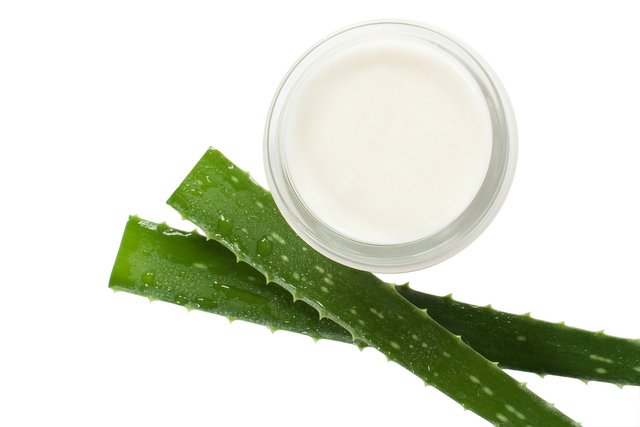
Twitter share link : https://x.com/Maxpro51412/status/1852279508885438492?s=19
Thank you so much Sir for inviting me to this contest. By reading your post I came to acknowledge various information about many herbal medicines. Best wishes for you.
Thank you so much for spending your precious time on this post and giving such a wonderful comment. I wish you success. Best wishes to you. 🥰
Hello @max-pro,
You have written about herbs like aloe vera and neem leaves which people don’t consider as being important. Due to its gel type, aloe vera is known for its skin calmining, digestion and improved immunity boost. Has lots of vitamin and enzymes contents and could be labeled as a natural health tonic. On the other hand the neem leaves for instance are esteemed for their antibiotic and anti fungal aid in giving one clear skin, good blood, sound mouth and teeth. These effective and time-honored herbs enhance well-being lightly, yet significantly, and setting this class of natural medicines apart.